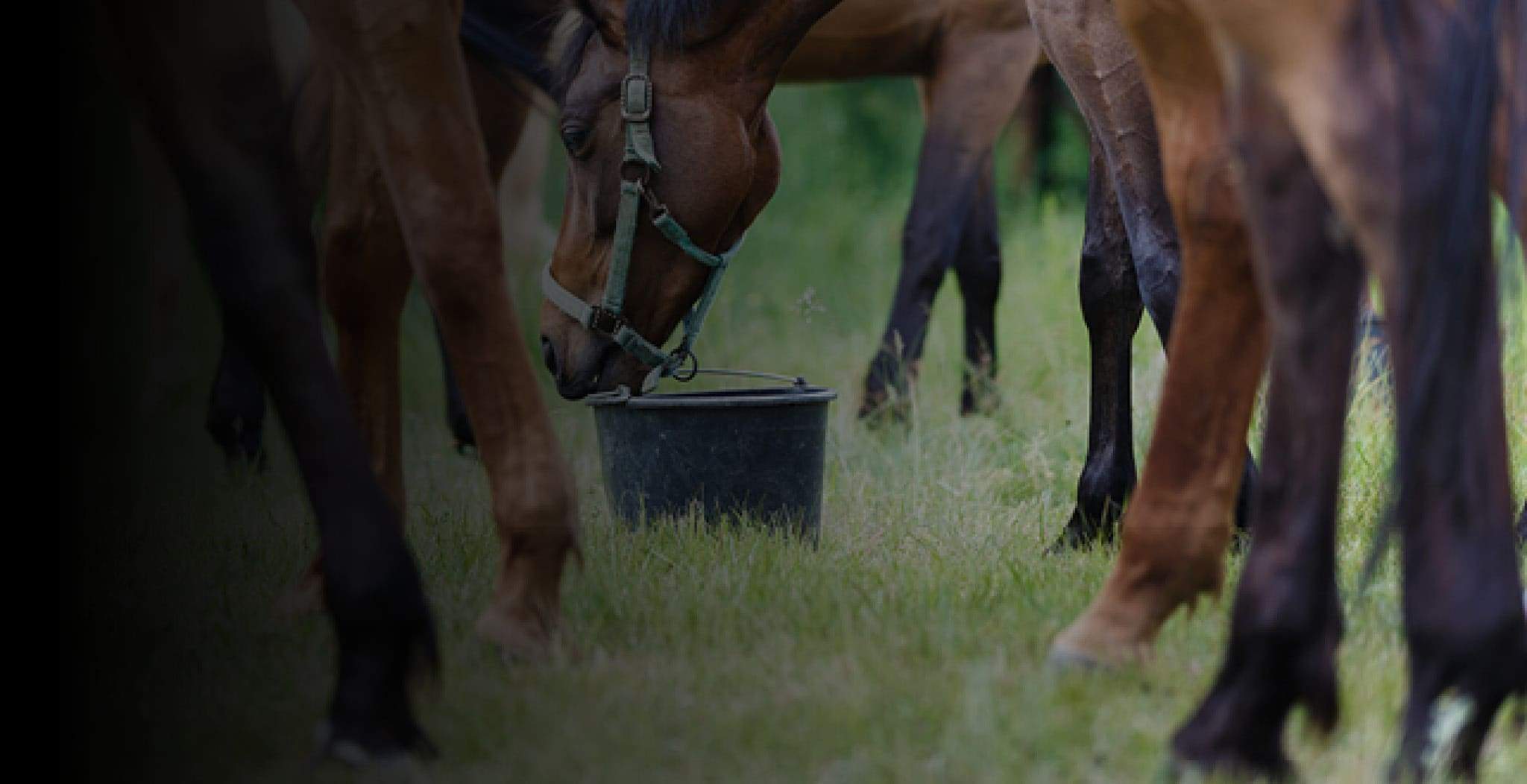Injuries and disorders in horses fetlocks (ankle joint)
A ‘horses fetlock’ is a name of a joint between the horses cannon bone and pastern bone and is 'the ankle' of a horse. At the rear of the fetlock joint is a small bone called the sesamoid. Unlike humans ankles, the horse’s leg has no muscles and are in fact more similar to our fingers than our arms or legs.
The fetlock joint itself is a complicated high motion joint which is subjected to extensive force during locomotion, supported by several soft-tissue structures which play a vital role in supporting the horses movement. Injuries to a horses fetlock often involve the joint itself or the surrounding soft tissue and are a common problem in performance and sports horses often through strains or injuries.
Fetlock injuries and disorders
There are varying types of fetlock injuries found in horses.
The most commonly reported are injuries that do not involve a fracture to the bone. Repetitive motion of the joint can lead to fetlock injuries, including osteoarthritis. The fetlock joint can show inflammation (referred to as synovitis or capsulitis) and the supporting ligaments (Suspensory ligament branch and the Distal Sesamoidean Ligaments) can also become inflamed (Sesamoiditis). Injuries to the sesamoid bones (the back of the fetlock) are now being recognised as a common fetlock injury in jumping horses.
Osteoarthritis in the fetlock joint is a common condition and is a non clinical condition. There are no cures and if left alone without treating can lead to clinical signs such as synovitis, capsulitis, pain and a significant reduction on mobility.
Another common injury to a horses fetlock region is mostly seen in high performance horses (such as eventing and barrel racing) and is a condition which involves a strain/tear to the Suspensory Ligament where the ligament fixes to the base of fetlock joint. Many of us refer to this as a ‘fetlock sprain’ and will often be hot and painful to touch.
Along with injuries to fetlocks some horses suffer from what is known as ‘fetlock drop’ which is a genetically inherited condition where the horses connective-tissue abnormally breaks down. This condition, often seen in the hind legs, is incredibly painful and will show the fetlock drop excessively when bearing weight on the joint.
More serious conditions in the fetlock area are chip fractures where fragments of the fetlock joint break away from itself creating inflammation and create damage to the cartilage leading to arthritic pain and further complications.
The most major of fetlock injuries are fractures to the joint. These are more common in highly active and jumping horses and can lead to the worst scenario.
Common methods used to treat horses fetlock injuries
Initially an examination by a veterinary professional is required. This examination will initially detect the horses range of movement and many associated lameness. Further diagnosis will often include an MRI scan.
Rest and recuperation are vital in treating all fetlock injuries. Further treatment will involve injections into the joint, often using low doses of corticosteroids in combination with hyaluronic acid acting as a joint lubricant. These injections have shown to aid a reduction in the inflammation and associated lameness. New regenerative medicinal methods are now available including stem cell treatment and Plasma therapy (PRP, Platelet Rich Plasma).
Treatment to fetlock strains are often diagnosed using ultrasound technology to establish the issue within the soft tissue. Treating these injuries will always involve rest and a strictly controlled exercise regime.
Supporting a horse with cap fractures often involves surgery via arthroscopy and the removal of the lose bone chips and requires a short term period of rest and recuperation.
Simple fractures can sometimes be treated using screws to compress the fracture and restore strength within the joint. Substantial fractures however carry poor prognosis which sometimes will result in euthanasia.
With technologies in improving in magnetic therapy and other alternative therapies, many owners now look towards less conventional methods to aid their horses ongoing fetlock care by using a plethora of devices and tack.


